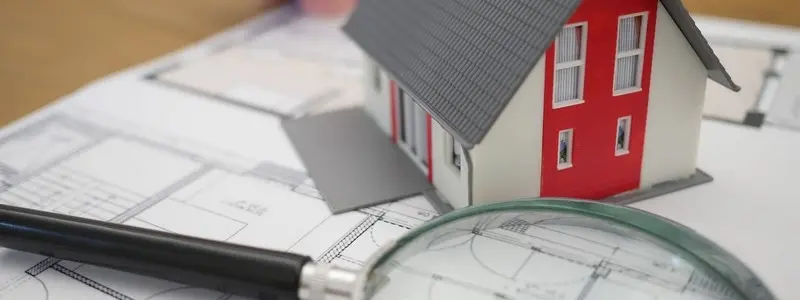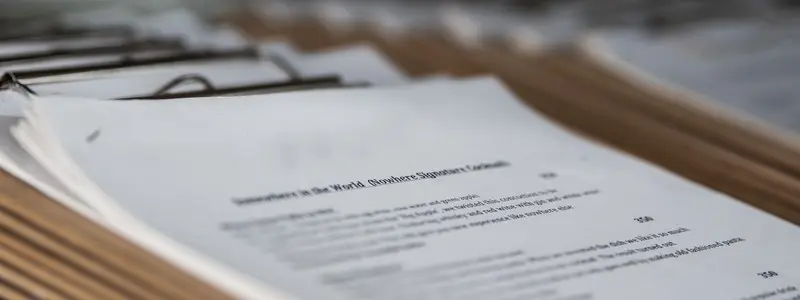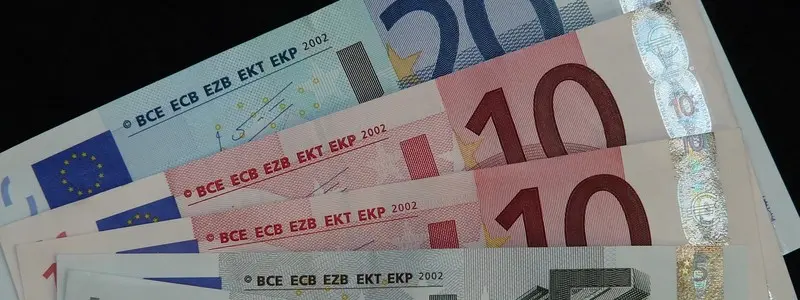Real estate buying
The different steps involved in buying a property.
- 1List your needs
For a more targeted search, make a list of the qualities your ideal home should have and prioritise them:
- do you prefer an apartment, a house, or a grouped housing development?
- in which neighbourhood would you like to search?
- what local amenities do you need (school, park, public transport, shops, etc.)?
- how many bedrooms and m² do you need?
- etc.

- 2Determine your budget
Before buying a property, make sure you can afford it!
Your budget will be based on your own funds and your repayment capacity. To find out how much you can borrow, consult a bank or a public financing agent, such as the Housing Fund for example.
In addition to the purchase price of the property, consider the costs associated with the act of buying (registration fees, notary fees, etc.) and the mortgage costs.
Be prepared to have the funds ready when needed. When you sign the sales agreement, you'll need to be able to pay a deposit of approximately 10% of the purchase price; when you sign the notarised deed, you'll need to pay the balance, plus the related purchase costs (up to 18% on top of the sale price).
Therefore the search for a loan should be carried out at the same time as your search for a home.

- 3Choose a notary
It is advisable to consult a notary from the start of the process. A notary will provide valuable advice if you make an offer to purchase and when you sign the sales agreement. The notary will also draw up the notarised deed of purchase. Their role is to guide and advise you.
You can choose any notary you like, but the fees are the same for all.

- 4Find a property
You can purchase your home through a private sale (possibly through an estate agent) or by public auction.
You can search for properties online, in free daily newspapers, through estate agencies, your notary, street signs or word of mouth.

- 5Make an offer or request an option
Have you found a property you like?
You can either ask for an option to purchase or make an offer to buy.
An option to purchase is a promise by the owner to sell at a specific price, which gives the prospective buyer time to make the necessary arrangements to confirm the purchase. This means that the owner can no longer sell to another person during the option period, but the potential buyer is not obliged to proceed with the purchase. All terms and conditions of the sale (including the price, timeframe and payment arrangements) must be precisely outlined in the option.
An offer is a price proposal made by the prospective buyer which the owner is free to accept. The offer should include the following information:
- the buyer's name;
- property address;
- price offered;
- validity period of the offer;
- any reservations or remarks;
- suspensive conditions (e.g. bank approval for the loan);
- signature and date.
Please note that making an offer to purchase is a commitment from which you cannot withdraw.
If the offer is accepted by the owner or you exercise the option, you can proceed to sign the sales agreement.

- 6Sign the sales agreement
Once the buyer's financing has been confirmed, the seller and buyer sign the sales agreement. This means that the seller agrees to transfer the property to the buyer, who agrees to pay the price specified in the sales agreement. From that moment on, the sale is finalised and neither party can withdraw, even if an advance payment has not yet been made.
A sales agreement is legally binding! So, before signing, the buyer is advised to study the draft sales agreement provided by the seller carefully and have it reviewed by the notary!

- 7Obtain the necessary certificates
The seller must provide the buyer with the following documents:
- Opens in new windowsoil certificate
- Electrical inspection certificate
- Opens in new windowEnergy performance (EPB) certificate
- post-intervention file (PIF)
- lease documents (if the property is rented out)
- fuel oil tank certificate
- co-ownership data
- planning information

- 8Pay the registration fees
Registration fees must be paid to the notary within four months of signing the sales agreement (or fulfilling any suspensive conditions). This payment is required before the signing of the notarised deed of sale.

- 9Sign the notarised deed of sale
The notarised deed is the official document drawn up by the notary that makes the sale enforceable against the authorities, banks, mortgage lenders and others. It also ensures the legal security of the sale and provides the new owner with all the necessary guarantees.
There is no legal time limit between the signing of the sales agreement and the date of the notarised deed. Typically, this period is a maximum of 4 months.

- 10Obtain insurance
It is highly recommended that you take out fire insurance (also known as home insurance). In most cases, banks will require this insurance before approving a mortgage.
Fire insurance covers various types of damage to your home and furnishings: fire, water damage, natural disasters, etc.
It is important to compare offers from insurers. Fire insurance must legally include certain basic cover (fire, explosion, lightning, etc.), but insurers will also offer additional cover that will differentiate their offers.

Downloads (only available in French and Dutch)
Opens in new windowBrochure "Acheter un logement" de Homegrade